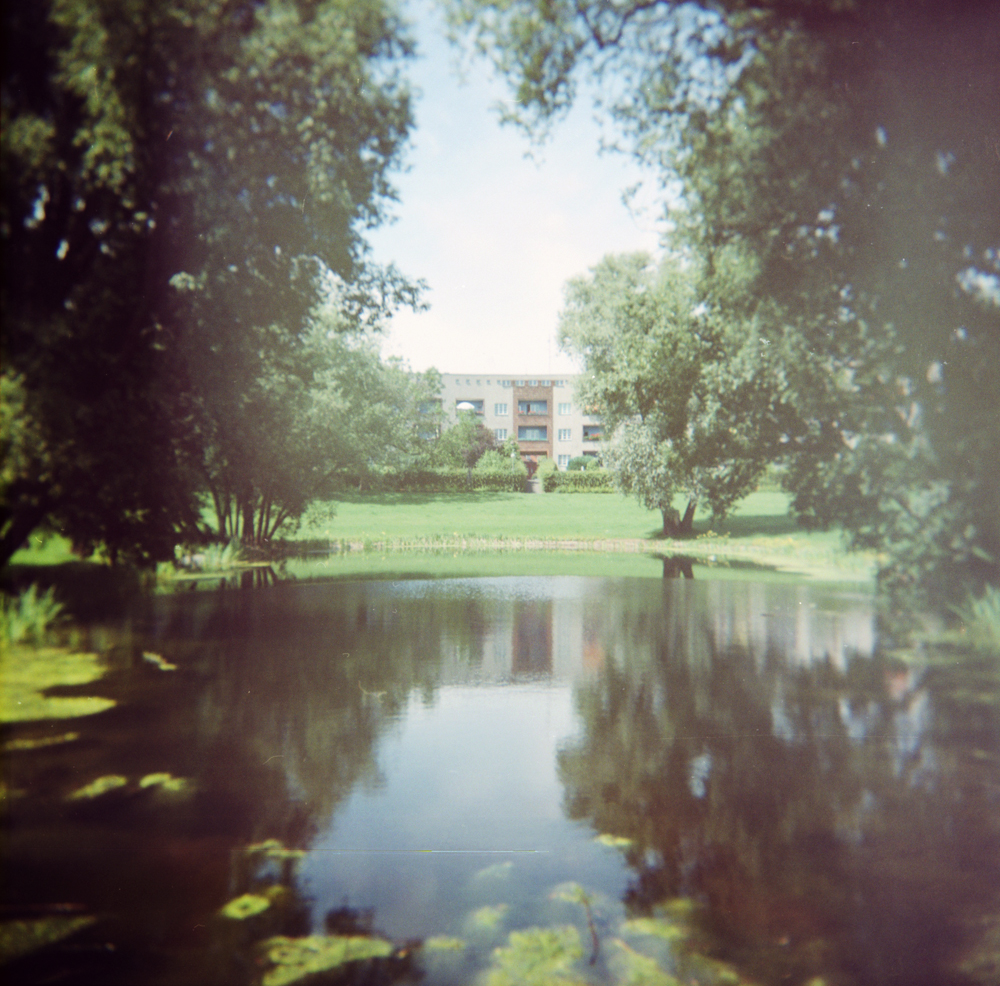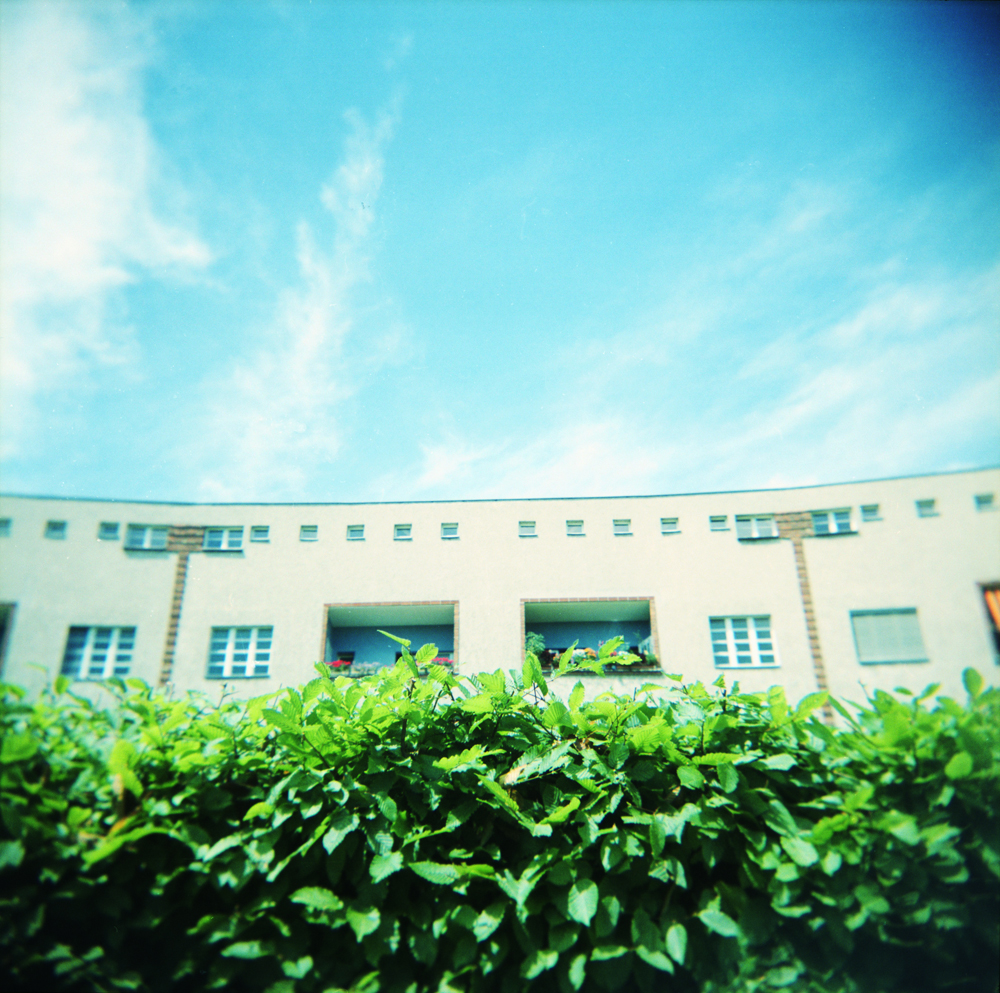weimar is also the birthplace of bauhaus, a new kind of art school started in 1919 by walter groupius. it was characterised by the absence of ornamentation and the harmony between design and function – as gropius said, “we want an architecture adapted to our world of machines, radios and fast cars”.
and so, a visit to weimar wouldn’t be complete without a tour of the bauhaus museum. we joined a guided tour of the museum which was nice enough, but we had something else waiting for us… a bauhaus workshop!
after the museum, our guide showed us into a room on the historical university, where a lot of materials were waiting for us. the task: to make bauhaus-inspired lanterns!
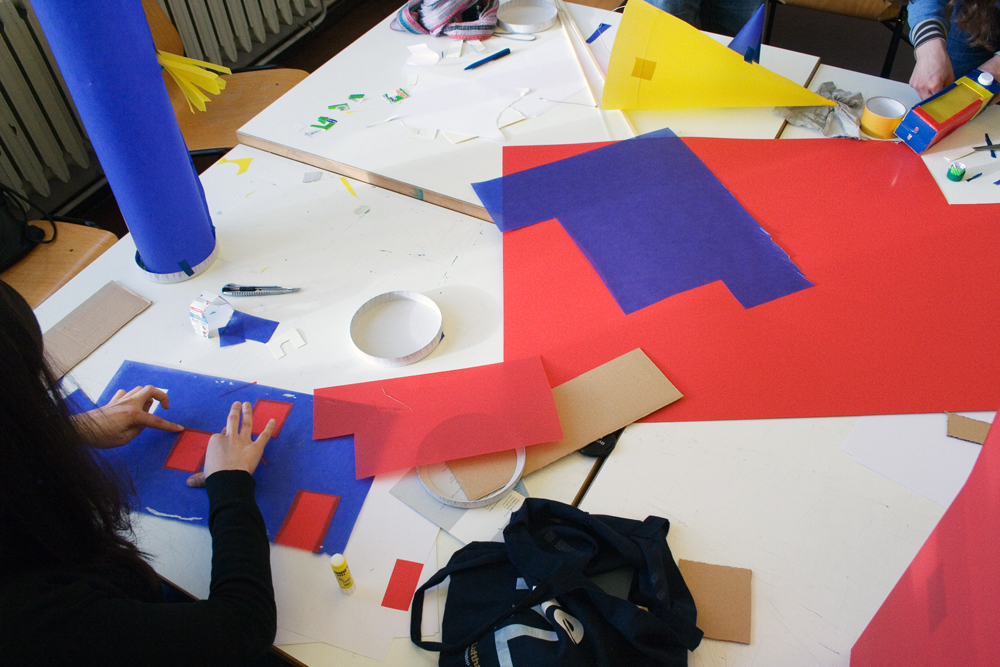
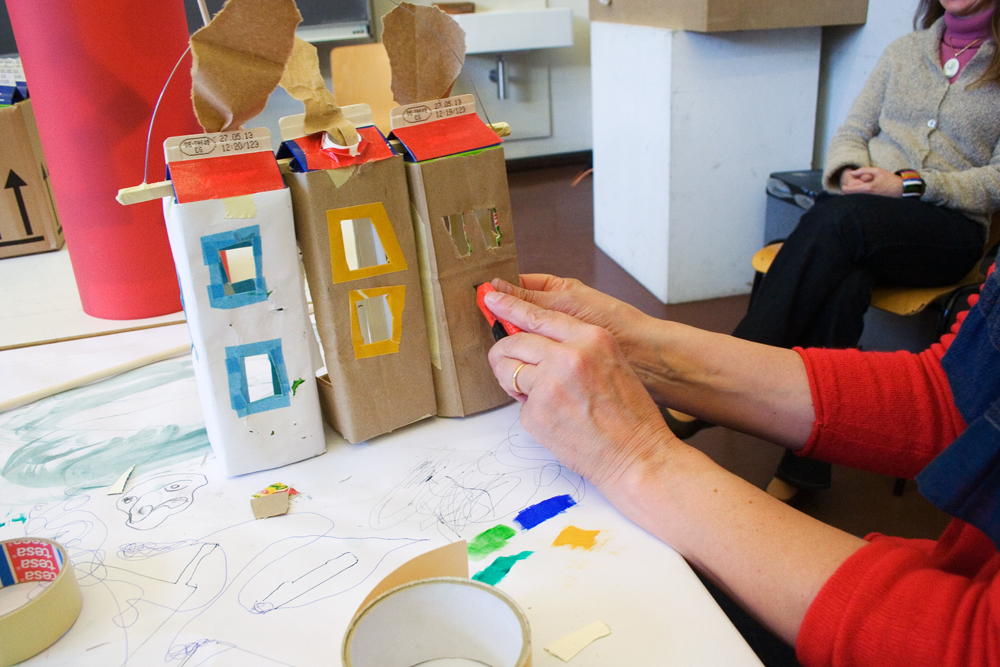
paulo was really into his yellow pyramid! :)

everybody tried their best and with some help from the guide, we all managed to make some pretty (and working!) lanterns. here are the finished art pieces:
don’t they all look nice? everyone wanted to show their artistic talent! while we waited for night to fall to light our lanterns, we were served the evening bread, bauhaus style! the bread and salad were especially yummy… not to mention the hot chocolate!
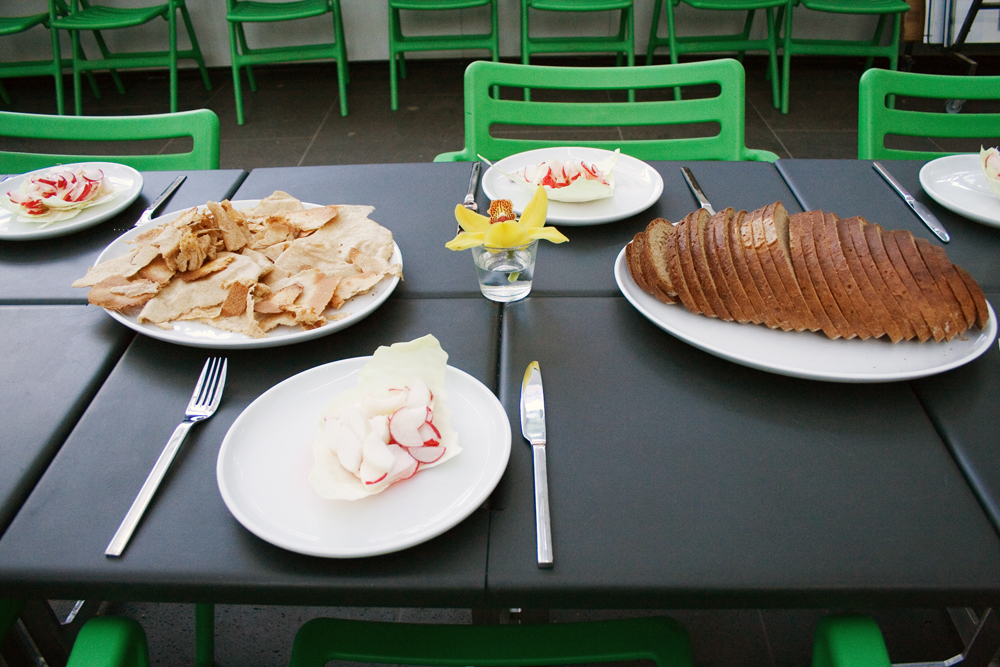

there were still some minutes left to tour the university’s buildings…

… including walter gropius office!

and then, night felt and it was time to light our candles and cross the pitch black deserted park, with our lanterns in tow…


it was simultaneously eerie and yet so magical… like being transported almost 100 years back in time, to one of those nights when the bauhaus students did this same stroll with their own lanterns. i could almost feel the happiness and excitement sizzle under my skin! :)
i’m so glad we got to experience it, thanks to our friend (& weimar connoisseuse-extraordinaire) helena! if you ever visit the city, do not miss it! :)



